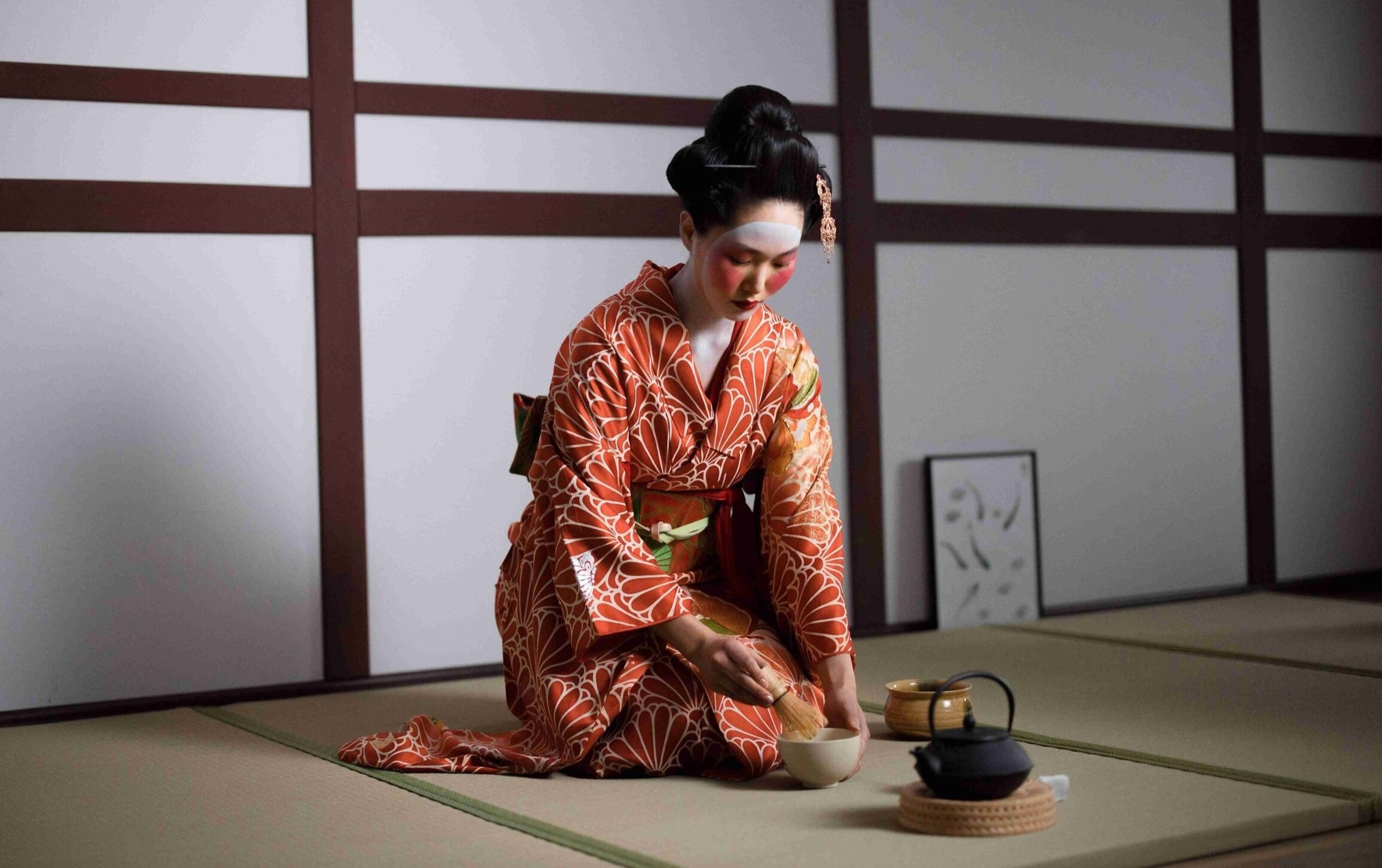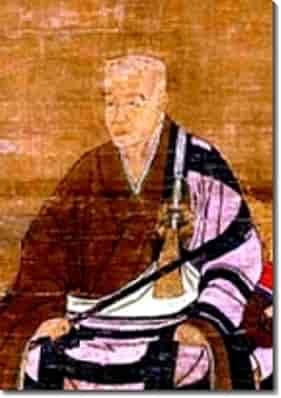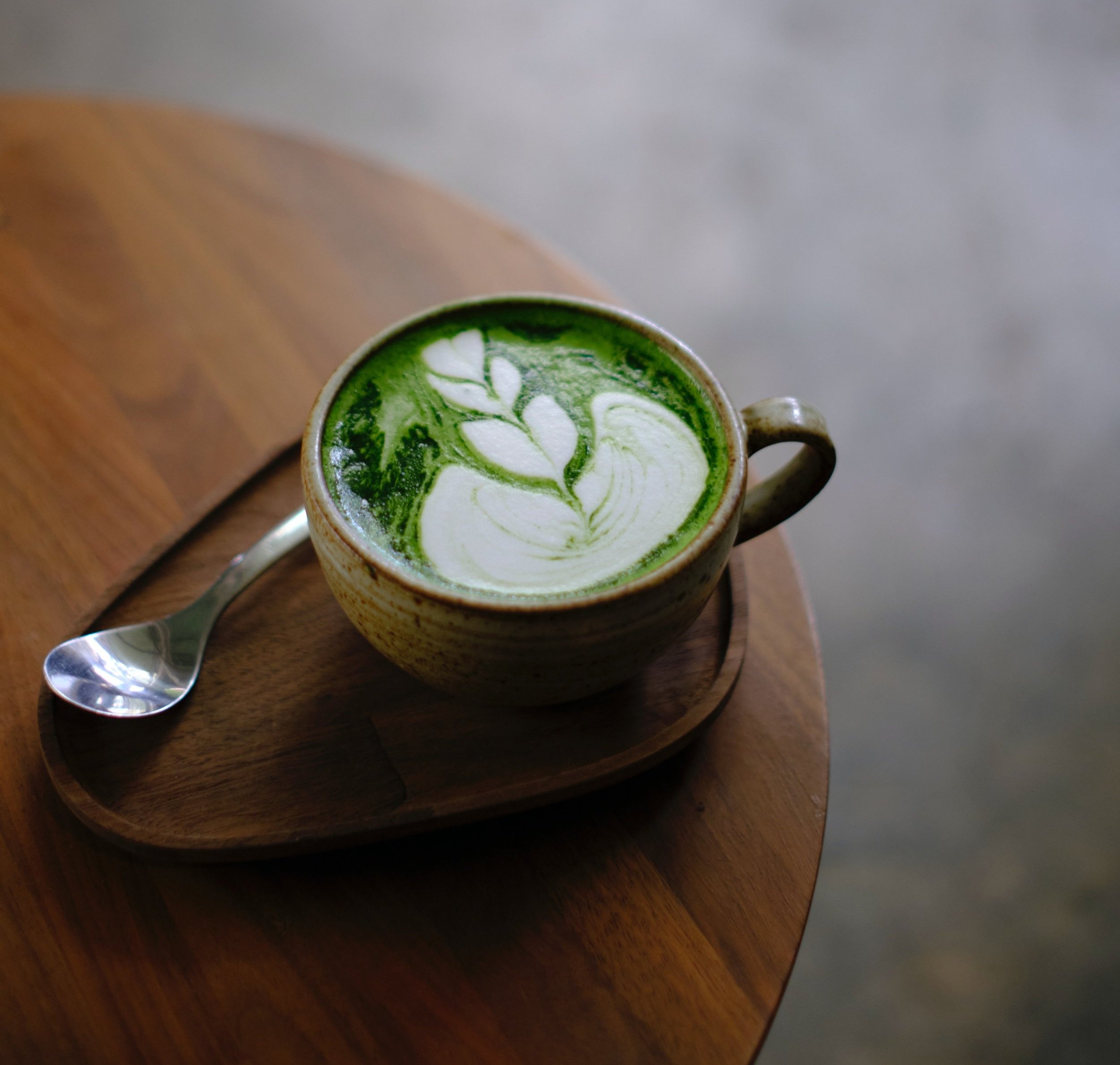HISTORY
OF MATCHA GREEN
TEA
Matcha, the vibrant green powdered tea that has taken the world by storm, has a rich history that spans centuries. From its origins in ancient China to its significant role in Japanese tea ceremonies, matcha has evolved from a cultural tradition to a global phenomenon.
ANCIENT ROOTS IN CHINA
The story of matcha begins in China, where the cultivation of tea dates back thousands of years. It is believed that during the Tang Dynasty (618-907 AD), tea leaves were steamed and ground into a fine powder, creating the precursor to matcha. This powdered tea preparation method was highly valued for its medicinal properties and became popular among Buddhist monks.
ARRIVAL IN JAPAN
In Japanese, "cha" means tea, and "ma" means powder, so the word "matcha" is literally translated as "powdered green tea". In the 12th century, a Japanese Buddhist monk named EISAI : brought matcha seeds and the knowledge of tea cultivation and preparation back from China to Japan. The Zen Buddhist monks embraced matcha for its ability to aid in meditation due to its calming and focusing effects.
Eisai (1141–1215) was a Japanese Buddhist monk who played a significant role in introducing and popularizing Zen Buddhism and the practice of tea in Japan.
RISE OF TEA CEREMONY
During the 16th century, the tea ceremony, known as chanoyu or sado, gained prominence in Japan. Matcha became an integral part of this elaborate and highly ritualized ceremony, emphasizing harmony, respect, and tranquility. The preparation and serving of matcha became a form of art, involving precise movements and attention to detail.
PRODUCTION AND CULTIVATION
Matcha has its roots firmly planted in the tea plant known as Camellia sinensis. More precisely, matcha is derived from a specific tea variety called "tencha," which undergoes a meticulously crafted cultivation process to become the cherished powdered tea we know today.
The tea plant Camellia sinensis is not only the source of matcha but also the origin of various other types of tea, including green tea, black tea, white tea, and oolong tea. However, what sets matcha apart is the specialized manner in which tencha is cultivated and processed.
The unique qualities of matcha are closely tied to its cultivation and production in Japan.
To nurture tencha leaves destined for matcha, a distinctive shading technique is employed. These tea plants are sheltered from direct sunlight for several weeks leading up to the harvest. This shading process, known as "tana," encourages the leaves to produce higher levels of chlorophyll and amino acids, two key elements that contribute significantly to matcha's signature characteristics.
Once these tencha leaves reach the ideal stage of maturity, they are carefully harvested. It's important to note that only the youngest and most tender leaves are chosen for matcha production. These leaves, often referred to as "top leaves," possess the optimal combination of flavor compounds and nutrients.
The journey from tencha leaves to matcha powder involves a series of intricate steps. After the harvest, the leaves undergo steaming to halt oxidation and retain their vibrant green color. They are then meticulously dried and stripped of their stems and veins, leaving behind only the pure leaf material.
The final, defining step is the grinding process. Here, the processed tencha leaves are transformed into the fine, velvety powder we recognize as matcha. This grinding is executed with the utmost care using traditional granite stone mills, a process that can be time-consuming and labor-intensive but is essential for maintaining the quality and integrity of the matcha.
RELATED ARTICLES
As you embark on this enchanting journey, prepare to explore the intricacies that distinguish superior matcha from the rest. From its vibrant green color to its delicate aroma and nuanced flavor profiles, every aspect plays a role in... Read more
ESSENTIAL ACCESSORIES: EVERYTHING YOU NEED
As you embark on this enchanting journey, prepare to explore the intricacies that distinguish superior matcha from the rest. From its vibrant green color to its delicate aroma and nuanced flavor profiles, every aspect plays a role in... Read more
There are several grades available on the market. The grading system helps to categorize matcha based on quality, flavor profile, and intended use…
Read more
Full of antioxidants and other healthful compounds, matcha is made up of finely powdered, young tea leaves.. Read more
HOW TO PREPARE A PERFECT MATCHA ?
Making a cup of matcha is more than just a simple tea preparation; it's an art that elevates the senses and nourishes the soul… Read more
In recent years, matcha lattes have gained immense popularity as a soothing and flavorful alternative to traditional coffee-based drinks. Read more
The short answer is yes, matcha does contain caffeine, but the levels are not as high as you might expect… Read more
Join us on this culinary journey as we explore the incredible ways matcha can transform your recipes. Read more
If you're looking for a delicious and nutritious way to incorporate matcha into your diet, smoothies are the perfect solution... Read more
Achieving optimal performance during your workouts requires proper nutrition and energy support. One powerful ally in your fitness journey is matcha… Read more
In the pursuit of a healthy lifestyle and weight management, finding natural and effective methods can make all the difference. One such method that has gained popularity is matcha.. Read more















